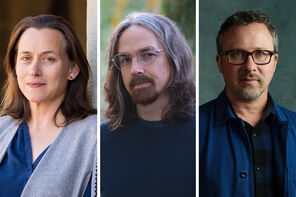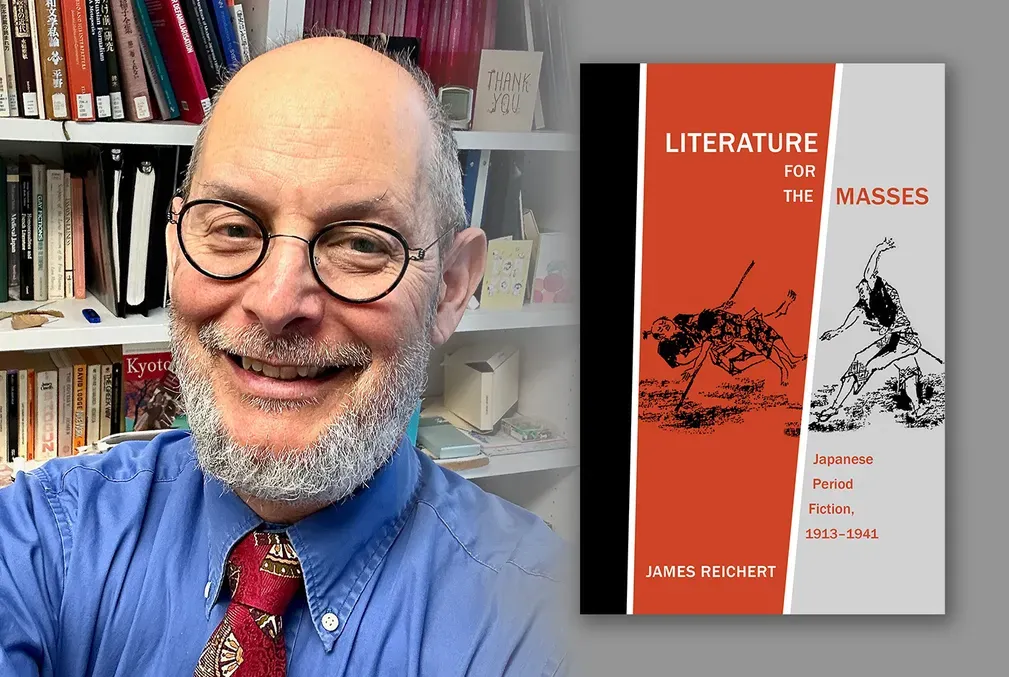Sundance Film Festival to feature five films connected to Stanford documentary program
A current student and recent alumni directed and produced three of the 11 selections in the nonfiction short films category. Of the 10 U.S. documentary selections, two are from program alumni.
In a milestone for the School of Humanities and Sciences’ master of fine arts in documentary film and video program, in the Department of Art and Art History, five films with significant contributions from current students and alumni have been chosen for the prestigious Sundance Film Festival. Held annually in Park City, Utah, this year’s festival begins Jan. 23.
The generous selection reflects the program’s fast-growing success and its emphasis on collaboration between students.
"Our program encourages students to become independent filmmakers while also integrating them into a community of passionate storytellers," said program director Srđan Keča, associate professor of art and art history in H&S. "The success of our alumni at Sundance reflects not only their individual talents, but also the collaborative ethos we foster."
From memories of war to a pioneering movie star
The five films demonstrate a wide range of subjects and styles. Death Education, directed by second-year student Yuxuan Ethan Wu, chronicles a high school teacher in China whose class examines cultural attitudes toward mortality. Entre le Feu et le Clair de Lune, the thesis film from 2024 graduate Dominic Yarabe, explores her father’s childhood memories of war in Côte d'Ivoire. Hold Me Close, which Aurora Brachman MFA ’21 co-directed and co-produced, follows the relationship between two Queer Black womxn who share a home. These three films were selected in Sundance’s nonfiction short films category.
“The program’s faculty members — Natalia Almada, Jamie Meltzer, and Srđan Keča — gave me the space, freedom, and constant support to creatively explore the edges of what a documentary film could look like,” Yarabe said. “With their deep backgrounds and expertise in the field, I was thankfully exposed to so many different genres and ways of thinking about the practice. The film was made not just by me but by the critique sessions with my peers (and the post-critique beers with my peers!), the class lectures, office hour meetings, and even the long walks around campus with my professors while we brainstormed new ways to approach each edit.
Two more features with Stanford connections focus on the lives of two groundbreaking women. The first is Life After, in which director Reid Davenport MFA ’16 tells the story of the disabled Californian woman who inspired a right-to-die movement in the United States during the 1980s. (Two Stanford alumni serve as a co-producer and the director of photography: Lyntoria Newton MFA ’17 and Daniel Chavez MFA ’16, respectively.) The second, Marlee Matlin: Not Alone Anymore, explores the career of the trailblazing actor, with associate producing by Ellie Wen MFA ’19 and editing by Sara Newens MFA ’11. These films are competing in the festival’s U.S. documentary category.
“I think the Stanford student and alums featured at Sundance this year showcase the artful approach we emphasize in our coursework,” said Jamie Meltzer, professor of art and art history. “Community is also a big part of the program; students regularly collaborate with and support one another’s work, not only while in the program, but also as lifelong colleagues. They share a bond and a common language that comes from the rigor and intensity of going through our MFA program.”
Small program, big praise
A small program that dates to the early 1960s, it was one of the first to focus solely on documentary filmmaking. Films by Stanford students have earned more Student Academy Awards in the documentary category than those from any other university, and films have been shown at major festivals (including Sundance) and broadcast on PBS’s esteemed POV and Independent Lens series. And Frida, directed by Carla Gutierrez MFA ’04, is shortlisted for Best Documentary at this year’s Academy Awards.
“I like to believe that our program helps each filmmaker develop their unique voice and vision, and what we see in this group at Sundance is their uniqueness—a singularity of voice and vision,” said Natalia Almada, assistant professor of art and art history who earned the Directing Award for U.S. Documentary at the 2021 edition of Sundance for her film Users. “What I think is common to the students and their work is a high standard, their willingness to take risks, and a generosity of spirit in their approach to making films.”
And while these films will be screening at Sundance, with distribution to be determined later, anyone with an interest in Stanford’s documentary filmmakers can attend screenings of student work at the end of each spring and fall quarter in the McMurtry Building’s Oshman Hall. The next screening will be June 12.
Media contact: Marijane Leonard, School of Humanities and Sciences marijane [dot] leonard [at] stanford [dot] edu (marijane[dot]leonard[at]stanford[dot]edu)





